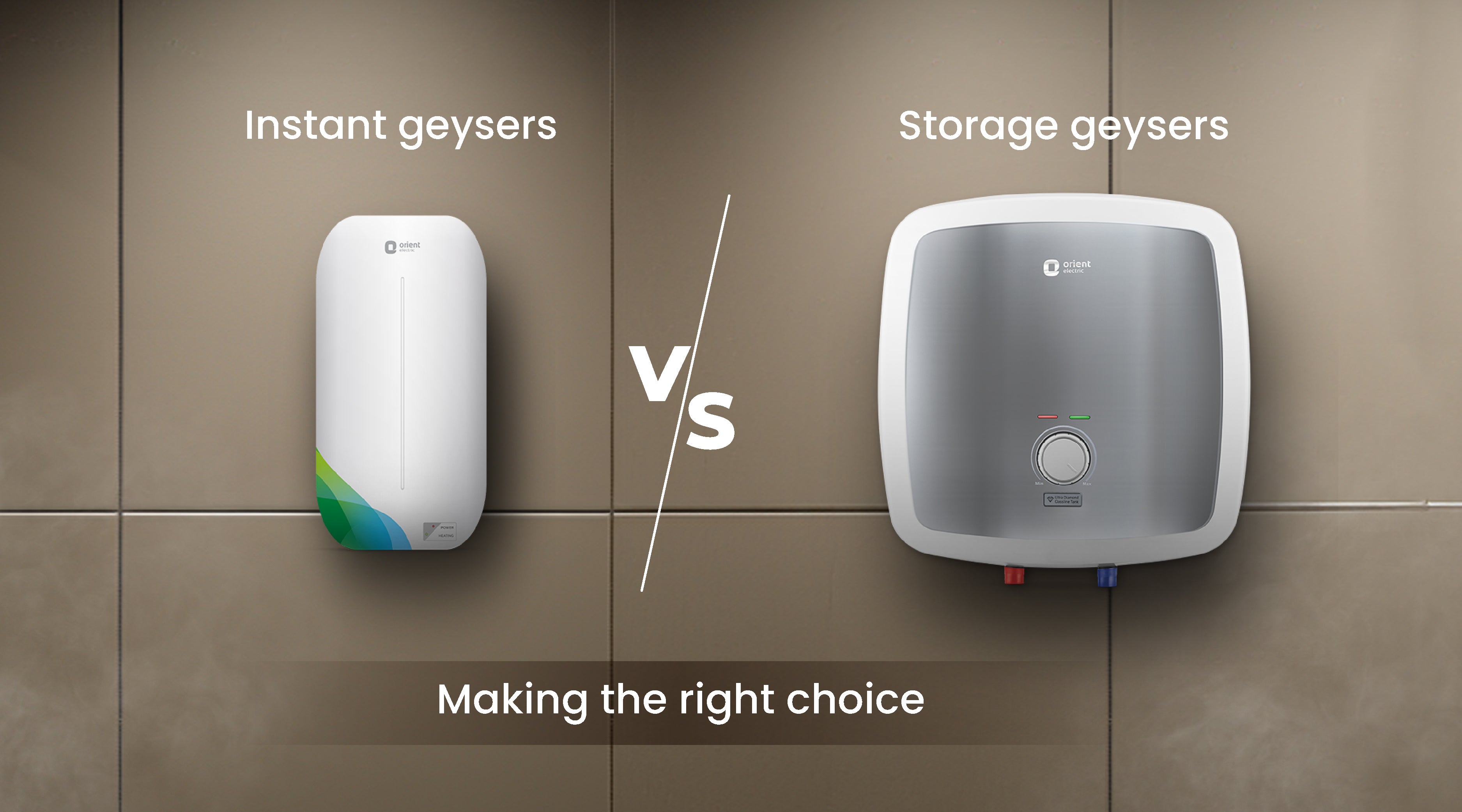How to Choose the Right Geyser to Make The Most Of Power Performance in Your Home
Selecting an energy-efficient geyser is not as uncomplicated as it seems, calling for cautious analysis of different aspects. From comprehending the different sorts of hot springs, to evaluating their energy performance scores and considering placement method, each decision plays a vital duty in optimizing performance. Balancing the initial financial investment with long-lasting savings is likewise vital. Allow's embark on this journey to discover exactly how to make one of the most informed selection for a geyser that will certainly reduce your power costs while making sure optimal efficiency.

Understanding the Different Kinds Of Geyser
While there are numerous kinds of geysers available on the marketplace, understanding the distinctions in between them is important for power performance (geyser sizes). The initial type, storage hot springs, are the most common and store hot water in a storage tank for usage when required. They are readily available in various abilities and are generally energy-efficient, but they can shed heat when not being used
The second type is the tankless geyser, which heats water as needed, causing much less power waste however requiring a higher first power draw. Third, there are heat pump hot springs that utilize electricity to move heat from one place to another as opposed to producing warmth directly. They can be a couple of times much more power efficient than standard storage hot springs. Solar geysers utilize solar power to warm the water, making them the most energy-efficient but also the most costly.
Examining Your Family's Warm water Needs
Before diving into the acquisition of a geyser, it is pivotal to analyze the warm water needs of your house. This assessment ought to take into consideration various variables including the variety of family participants, regularity of warm water usage, and the number of warm water electrical outlets in the home (geyser sizes). A little household with irregular warm water usage might need a smaller, much less effective geyser compared to a bigger household with multiple day-to-day warm water demands
The kind of appliances that require hot water also play a substantial function. Dishwashers and cleaning makers, for example, might need more warm water than a straightforward shower or cooking area sink. Moreover, specific activities such as bathing or cleansing additionally influence the frequency and quantity of warm water needed.
Assessing Energy Effectiveness Ratings of Geyser
Having assessed the warm water needs of your house, it is essential to transform your attention to the power effectiveness rankings of hot springs. These ratings, normally given as Power Aspect (EF), show a hot spring's general power effectiveness based on the quantity of warm water created each of fuel eaten over a typical day. The greater the EF, the much more efficient the hot water heater.

Factors To Consider in Geyser Dimension and Placement
Beyond energy performance ratings, the dimension and positioning of your geyser are vital elements to consider. The size of the geyser need to line up with your family's warm water requirements. A tiny geyser might make use of much less power but may not provide adequate warm water for multiple uses at the same time, whereas a bigger device can meet greater demand yet might take in more power.
Geysers should be mounted close to factors of use to lessen heat loss throughout water transport. In addition, thinking about thermal insulation, a hot spring located in a warmer area sheds less warmth and for that reason utilizes less power to maintain the water temperature.
Price Analysis: Stabilizing Initial Financial Investment and Long-Term Savings
While dimension and placement certainly play considerable duties in a hot spring's power efficiency, you could try here one have to not overlook the monetary aspect. When taking into consideration the preliminary investment, the rate of energy-efficient hot springs can be more than basic models. The raised ahead of time cost can be countered by long-term energy cost savings, making it a rewarding financial investment in the long run (geyser sizes).
Evaluating long-lasting financial savings calls for an understanding of the geyser's power rating. An appliance with a higher score will certainly take in much less power, converting to reduced energy costs over time. Federal government motivations and discounts for energy-efficient devices can additionally aid redeem preliminary prices.
Lastly, maintenance and lifespan ought to be factored in. Energy-efficient geysers frequently have longer lifespans and lower upkeep prices, adding to general cost savings. When stabilizing preliminary investment and lasting financial savings, one must think about not only the acquisition cost but also power usage, government incentives, and upkeep costs.

Conclusion
Selecting an energy-efficient geyser needs careful consideration of various elements. These include understanding the directory types of geysers, evaluating your home's hot water needs, examining energy performance rankings, and computing expense benefits. The best geyser size, positioning, and insulation can significantly reduce power costs and environmental impact. For that reason, making a well-informed choice can lead to significant lasting cost savings, making it a worthwhile financial investment for your home.